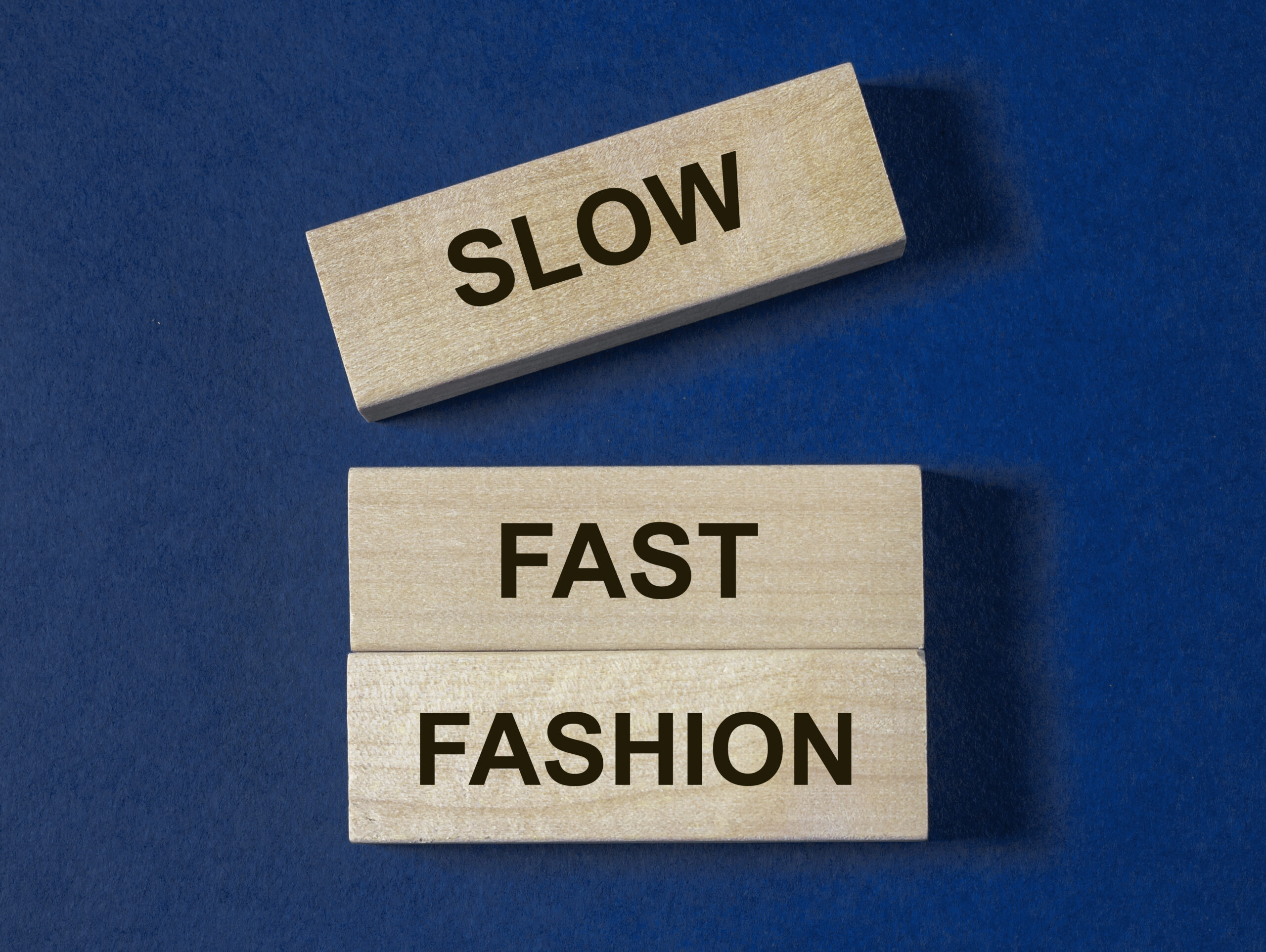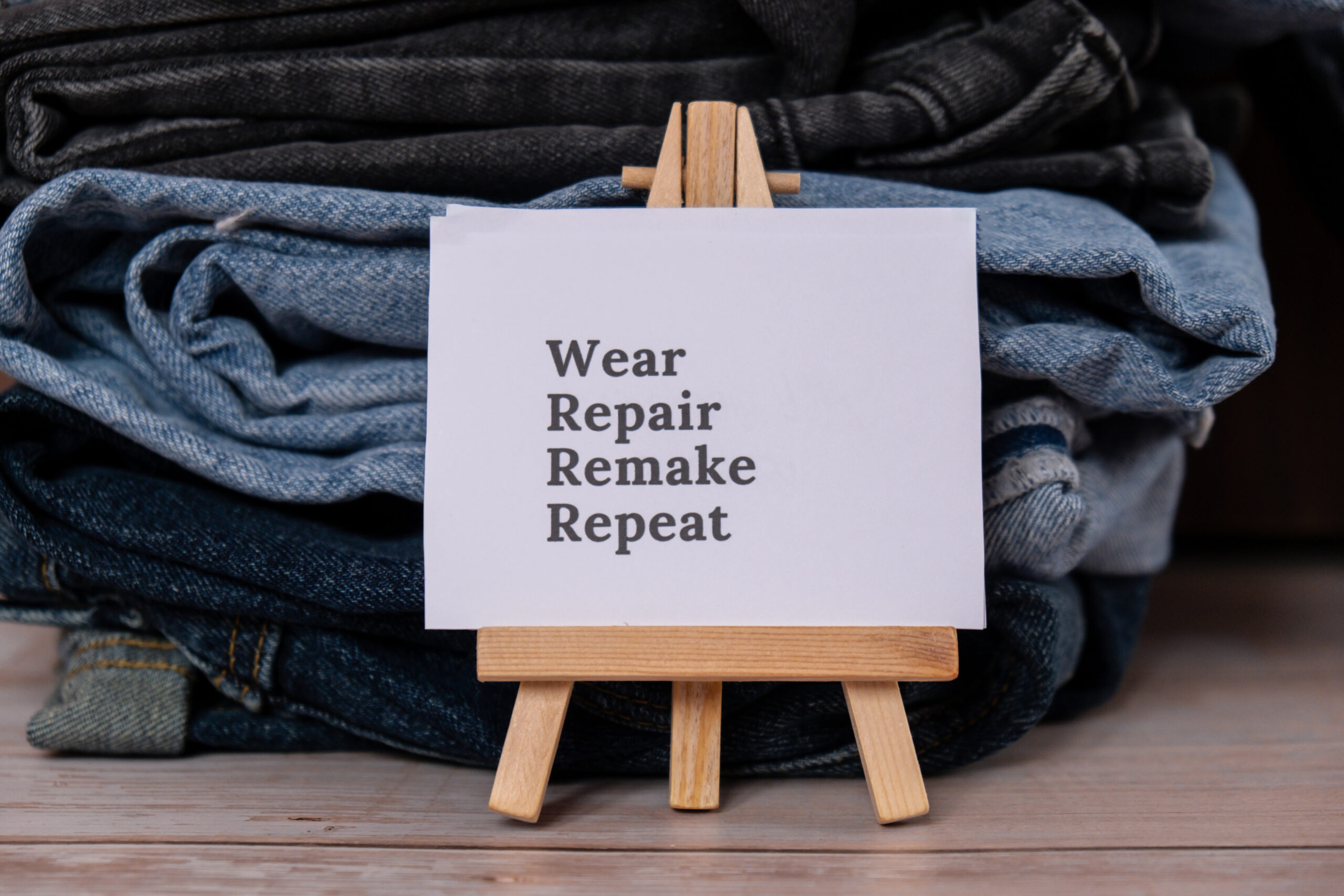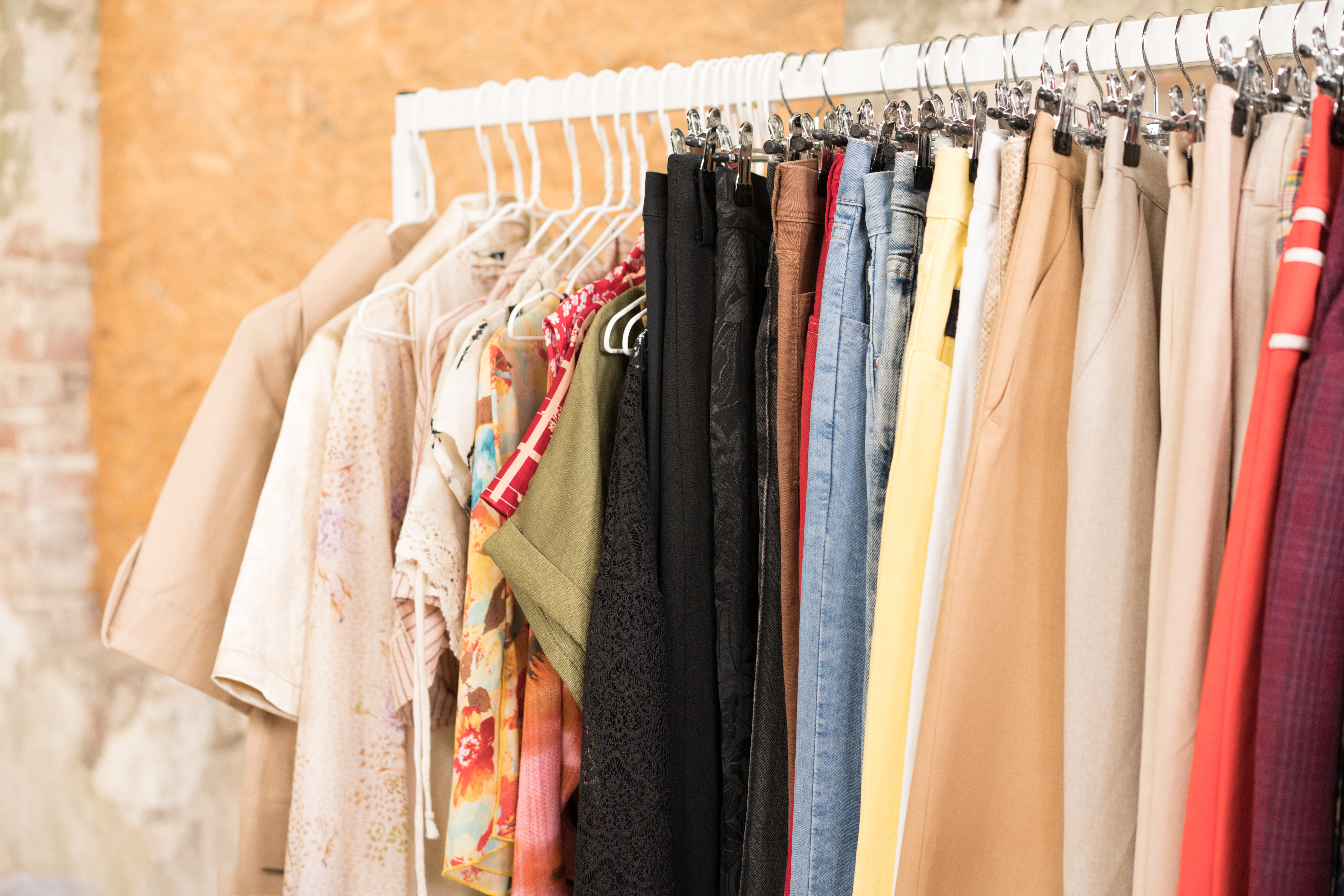Slow fashion is an approach to clothing and fashion that prioritises quality, sustainability, and ethical practices over mass production and fast-paced trends.
It encourages consumers to be more mindful and deliberate in their purchasing decisions, focusing on timeless pieces that are made to last. Besides that, slow fashion pieces often focus on environmentally-friendly materials and production methods.
What Is Slow Fashion?
Kate Fletcher, a sustainability lecturer at the London College of Fashion, created the term ‘slow fashion’ in 2007. She described it as “an approach to fashion that focuses more on quality over quantity and employs traditional craftsmanship techniques to produce clothing designed for longevity.”
It aims to produce garments with extended lifespans, benefiting both the environment and the individuals involved in their creation. This ethos starkly contrasts fast fashion, characterised by rapid trend turnovers and the proliferation of inexpensive, disposable clothing.
The movement encompasses various principles, including sustainability, fair trade, local production, and an emphasis on meticulous artisanry. Altogether, these principles collectively advocate for a more ethical and sustainable framework within the fashion industry.

The Key Principles of Slow Fashion
The underlying idea of slow fashion encompasses various values and practices, aimed at promoting sustainability, ethical production, and conscious consumption within the fashion industry.
- Quality over Quantity: Slow fashion is all about investing in high-quality, durable, and made-to-last garments, rather than purchasing cheap, disposable items.
- Ethical Production: It advocates for fair wages, safe working conditions, and respect for workers’ rights throughout the supply chain. This includes the sourcing of materials and manufacturing processes.
- Sustainable Materials: Preference is given to materials with minimal environmental impact, such as organic cotton, hemp, bamboo, and recycled fabrics. The use of natural dyes and innovative eco-friendly materials are also highly encouraged.
- Local Production: Supporting local artisans and manufacturers help reduce carbon emissions associated with transportation, and fosters a stronger connection between consumers and producers.
- Minimal Waste: It promotes reducing waste at every stage of the production process, from design to manufacturing to packaging. This includes strategies such as zero-waste pattern cutting, upcycling, and recycling.
- Transparent Supply Chains: Brands practising slow fashion advocate for transparency by providing information about their sourcing, production methods, and social and environmental impact, enabling consumers to make better choices.
- Repair and Care: Slow fashion promotes repairing and maintaining garments to extend their lifespan, reducing the need for constant replacements and minimising waste.
- Education and Awareness: Educating consumers about the social and environmental impact of their fashion choices is central to the slow fashion movement, fostering greater awareness and consciousness in the industry.
By adhering to these principles, slow fashion fosters a more sustainable, ethical, and mindful approach to clothing production and consumption.

How It Contributes to Environmental Sustainability?
The increasing awareness of environmental issues has shed light on the fashion industry’s significant negative impact on the environment, from water pollution to the use of toxic chemicals. However, there is a growing movement towards slow fashion, which offers a more sustainable and eco-friendly approach.
Apart from that, it contributes to environmental conservation in several ways. For starters, sustainable practices include using organic and natural materials, recycling fabrics, and minimising water consumption during production. This results in less clothing ending up in landfills, and reduces the rate of harmful chemical releases into the environment.
Furthermore, sustainable fashion brands often support local craftspeople and artisans, boosting the economy and reducing carbon emissions associated with transportation.
When shopping for new garments, making slow fashion a choice can make a significant difference for consumers and the environment. By doing so, consumers choose garments that are better for the planet, supporting practices that promote long-term sustainability in the fashion industry.

Why It Is Crucial in the Fashion Industry?
Slow fashion brands can significantly reduce their environmental impact by prioritising every stage of a product’s lifecycle, from material sourcing to disposal. Sustainable materials, ethical production practices, and thoughtful design contribute to this eco-friendly approach.
Ultimately, it offers consumers a more environmentally-conscious alternative for style, aligning with growing concerns about the industry’s environmental footprint.
In addition, slow-fashion companies frequently exhibit greater transparency than their faster counterparts. They are not afraid to disclose the origins of their materials and the production processes involved in crafting their products: a transparency that empowers consumers to make better purchasing decisions.
Besides that, slow fashion brands generally implement superior quality control measures, resulting in products crafted for durability and longevity. This starkly contrasts fast fashion goods, which are frequently characterised by low-quality construction and intended for short-term use, prompting frequent replacement.
Read more: Dressing for Disaster: The Environmental Crisis of Fast Fashion
Slow Fashion: A Sustainable Antidote to Fast Fashion?
The slow fashion movement has quickly gained momentum in response to fast fashion’s increasingly acknowledged detrimental environmental and social consequences. As people become aware of these challenges, they demand changes in the fashion industry.
This movement offers a potential solution to the problems posed by fast fashion. By prioritising sustainability, ethical production, and conscious consumption, it presents an alternative model that aligns with the values of many consumers today.
As the community of supporters continues to grow, there is potential for significant impact. If enough consumers shift their purchasing habits from fast fashion to slow fashion brands, it could pressure companies of the former to reassess their practices and instead, focuses on the sustainability and ethical considerations.
While the battle between fast and slow fashion may persist for some time, the growing influence of the slow fashion movement suggests that real change within the fashion industry is possible. By supporting and championing slow fashion principles, consumers can contribute to a more sustainable and ethical future for fashion.


